SCIENTISTS DISCOVER NEW PRIMATE SPECIES
Scientists have discovered a new primate species in Myanmar. This little monkey is already endangered. Brand new and on the endangered list, all in one breath.
An international team of biologists and taxonomists named the new primates after the extinct volcano, Mount Popa, in central Myanmar. The primate, named Popa langur, has been “hiding in plain sight.”
The area of Mount Popa houses the largest population of the langur species, about 100 of them.
IS IT MYANMAR OR BURMA?
LANGUR IS A TYPE OF ASIAN MONKEY
Langurs are gregarious, diurnal, arboreal monkeys with long tails and slender bodies. Most adult langurs have black faces. They range in size from 5- 19 kg. (~12 – 40 pounds)
Popa langur (Trachypithecus phayrei) is critically endangered!
A reader commented that the Popa langur look ready to celebrate Day of the Dead (Dia de los Muertos) , and they do!
Kidding aside, scientists believe the only reason the Popa langur survived as long as it has is because they live on the slopes of Mount Popa, which is an extinct volcano.
VOLCANO CLASSIFICATION
A volcano that hasn’t erupted for tens of thousands of years, and isn’t expected to erupt again.
A volcano that isn’t erupting right now, but volcanologists expect it could.
Pretty obvious from the word.
WHY IS THE POPA LANGUR CONSIDERED A NEW SPECIES, ANYWAY?
Apparently, scientists had a 100-year-old specimen of this little primate stuffed in a drawer in a London Natural History Museum. They recently were able to classify it by using feces. (ewww) Article here…
In their defense, modern tools weren’t around 100 years ago.
So how do scientists decide that a plant or animal is sufficiently diverse enough that it warrants a ‘new species’ designation?
Genetics! Specifically, with mitochondrial DNA.
WHAT ARE MITOCHONDRIA?
WHAT ARE MITOCHONDRIA?
Mitochondria are specialized structures unique to the cells of animals, plants, and fungi.
Okay, so if mitochondria are in cells, why do we need to look at mitochondrial DNA, when our nuclei have DNA? Why can’t scientists use the regular old DNA that is in the nucleus of any cell?
MITOCHONDRIA HAVE THEIR OWN DNA!
Even though our DNA is kept in the nucleus of each cell, mitochondria also have their own, special DNA!
Why is mitochondrial DNA special? And why is it important for deciding if a new species of monkey is new or part of the old species with, say, a shorter tail? (That tail above is pretty darn long)
We learned in school that during reproduction, half of DNA comes from your father and half from your mother. Mitochondrial DNA is only from your mother!
MITOCHONDRIAL DNA IS ONLY FROM YOUR MOTHER!
Mitochondrial DNA analyses have concluded that humans may have originated in Africa relatively recently, around 200,000 years ago, descended from a common ancestor, known as mitochondrial eve.
More about Mitochondrial Eve hereMany more genetic studies are now done with mitochondrial DNA.
Mitochondrial genome-wide association studies have established the connection between mitochondrial DNA and a wide variety of diseases! Diseases such as the horrible C word (cancer) autoimmune diseases, and neurodegenerative disorders. (Alzheimer’s and Parkinson’s.)
There is hope for some genetic disorders because of a revolutionary discovery called CRISPR. Read more here!
MITOCHONDRIAL DNA IS ALSO USED FOR POPULATION GENETICS AND BIODIVERSITY
Mitochondrial DNA is also useful for population genetics and biodiversity. For the purposes of this blog post–which is hopelessly getting off task– it follows that mitochondrial DNA is useful to ascertain whether or not an animal is part of an existing population or a diverse NEW offshoot. Remember, this DNA is only from maternal genes.
WHAT ELSE DO MITOCHONDRIA DO BESIDE TELL US ABOUT NEW SPECIES?
MITOCHONDRIAL FUNCTIONS
It would follow that cells which need a lot of energy have more mitochondria. For example….

40% of the area in a heart cell is taken up with mitochondria.
One liver cell can have up to 2000 mitochondria. (This is not a typo!)
Red blood cells have … zero! (also not a typo)
Mitochondria are usually drawn in an oval shape.
In reality, they are constantly dividing and bonding together into an ever changing network.
In sperm cells, the mitochondria are spiraled in the midpiece and provide energy for tail motion.
TAKE CARE OF YOUR MITOCHONDRIA
There are negatives. (Aren’t there always?)
The DNA within mitochondria are more susceptible to damage than DNA in our nuclei. This is because free radicals, which can cause damage to DNA, are produced during ATP synthesis. (energy production, which is a huge part of what mitochondria live for!)
Now you want to know how to take care of your mitochondria!
TWO:
Eat antioxidants to reduce those free radicals produced ATP synthesis.
Dark chocolate has antioxidants! The antioxidants in cocoa and dark chocolate have been linked to impressive health benefits such as less inflammation and reduced risk factors for heart disease.
I wrote an article about the science of chocolate!
And yes, there are antioxidants in coffee!
SCIENTISTS DISCOVER NEW PRIMATE SPECIES BUT WHAT CAN WE DO TO HELP?
Local community actions are key to protecting endangered species like the Popa langur. I don’t live in Myanmar but we can learn about endangered species in our specific corners of the world and help them!
While you’re consuming your calcium-rich antioxidants to keep your mitochondria safe and healthy, you can read more about community activism here!
Louie and I raised and learned a lot about helping our local dwindling population of monarch butterflies! Read more about that here!
Writing this post has motivated me to research and write a post about specific ways we can help all species that share our planet!
Science influences every aspect of modern life so it’s crucial that we understand it.
What would you like me to investigate for you? Let me know in comments or shoot me an email! And be sure to subscribe. Thanks.

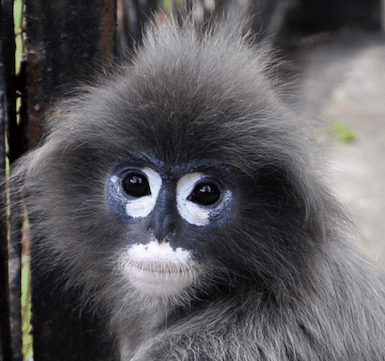
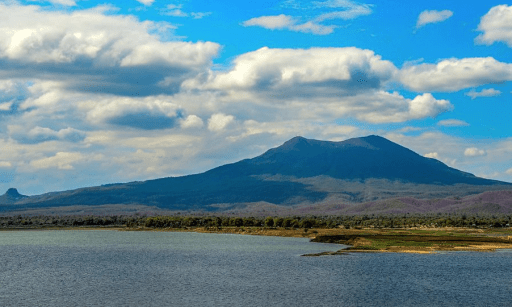
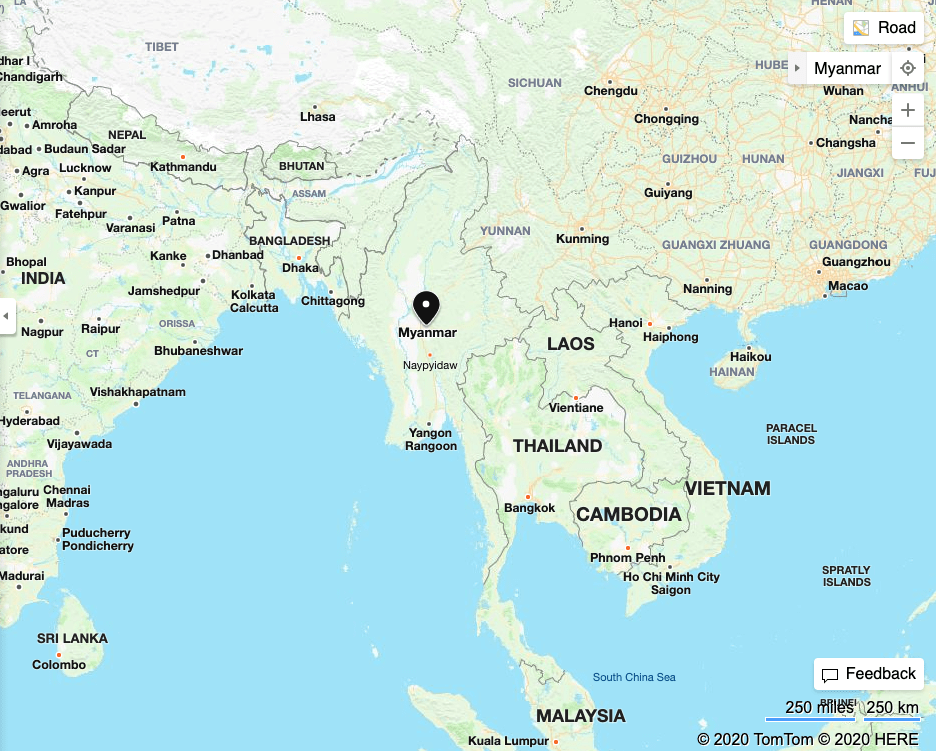
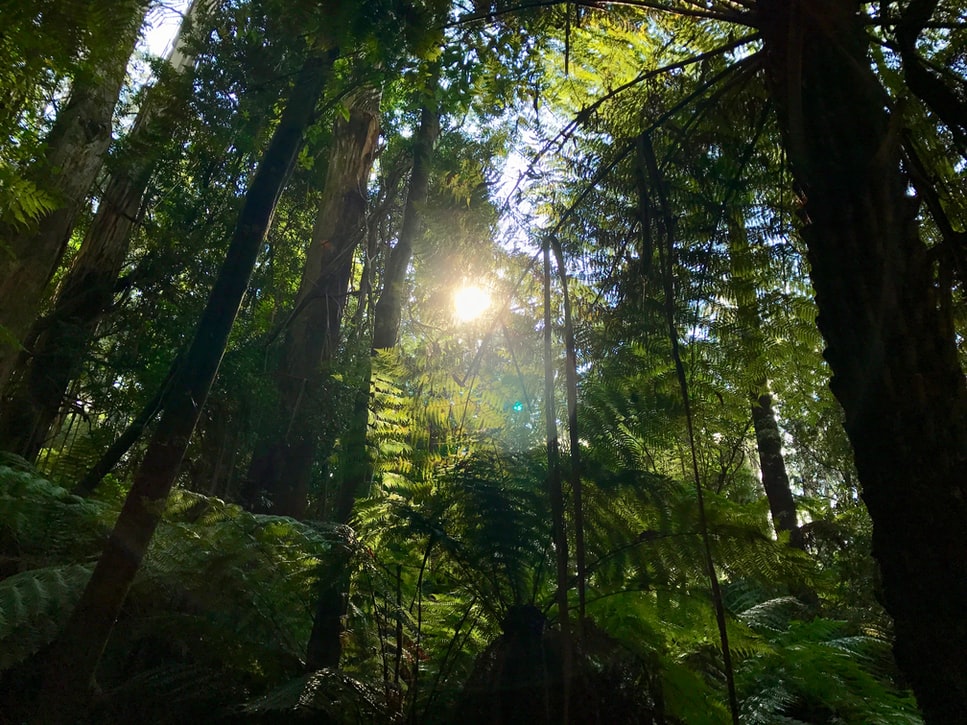

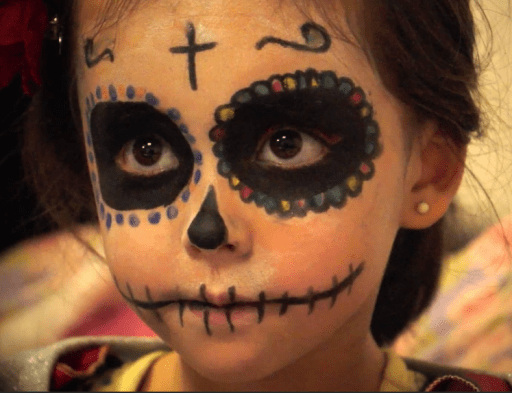
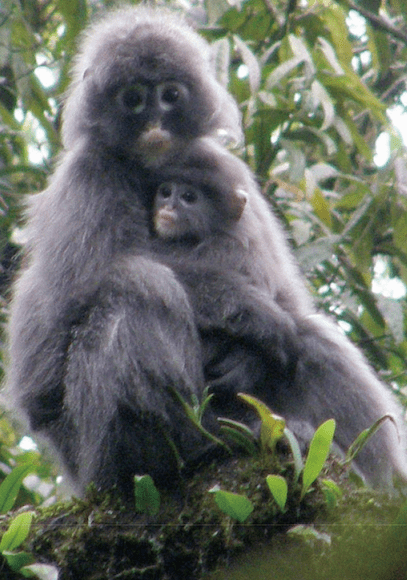
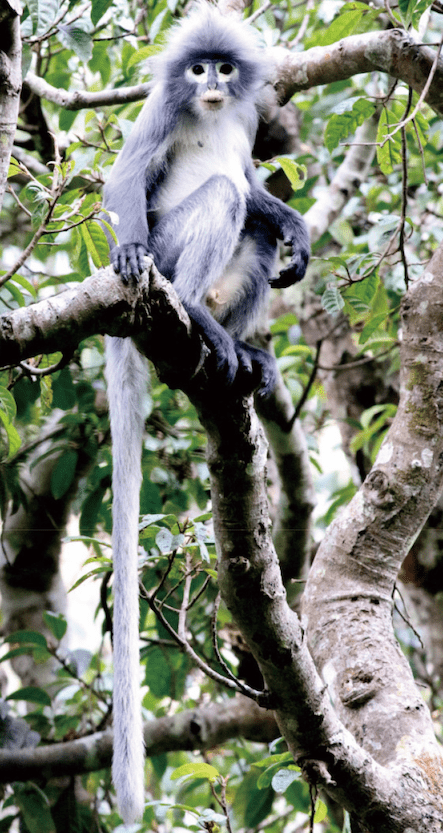
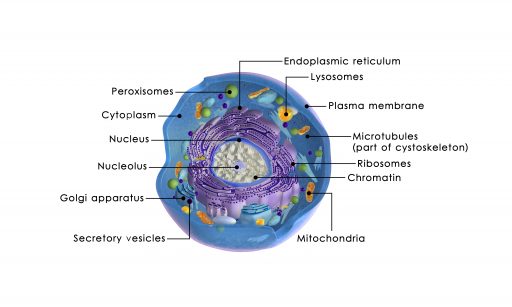
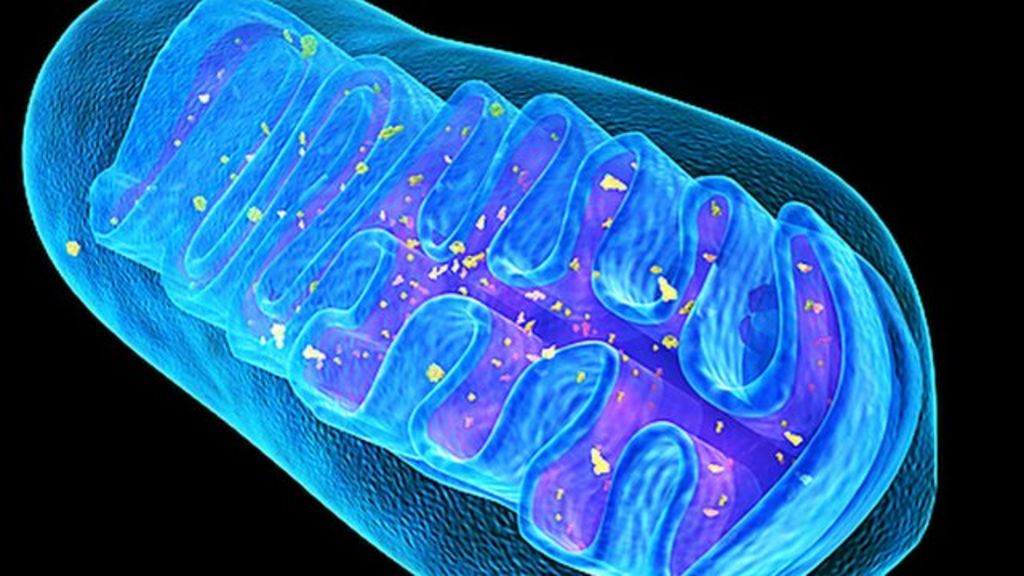
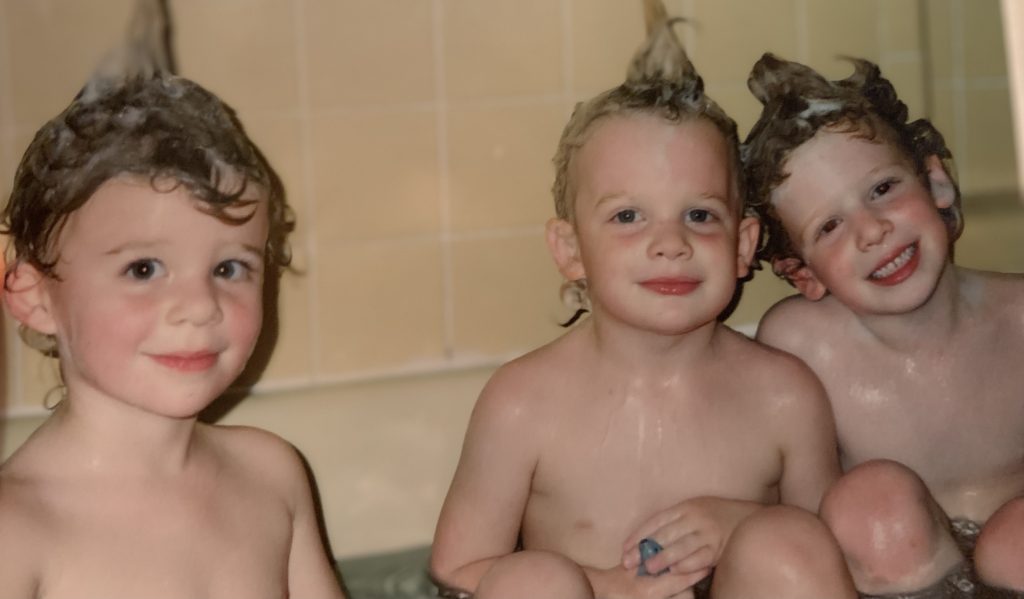
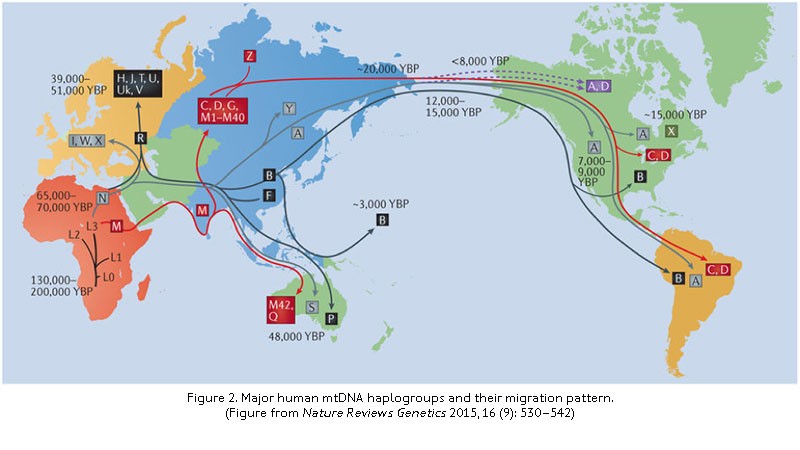
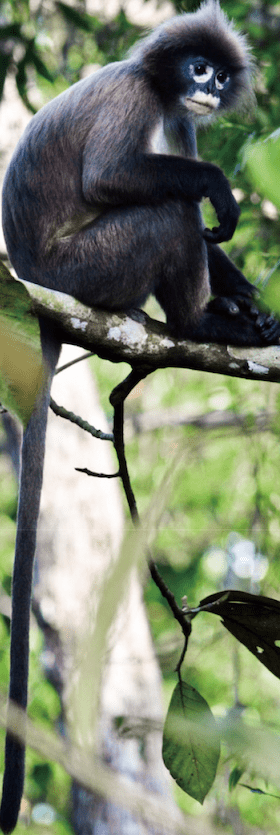
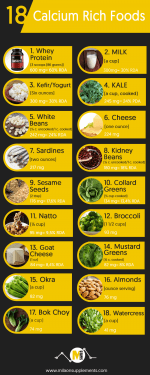
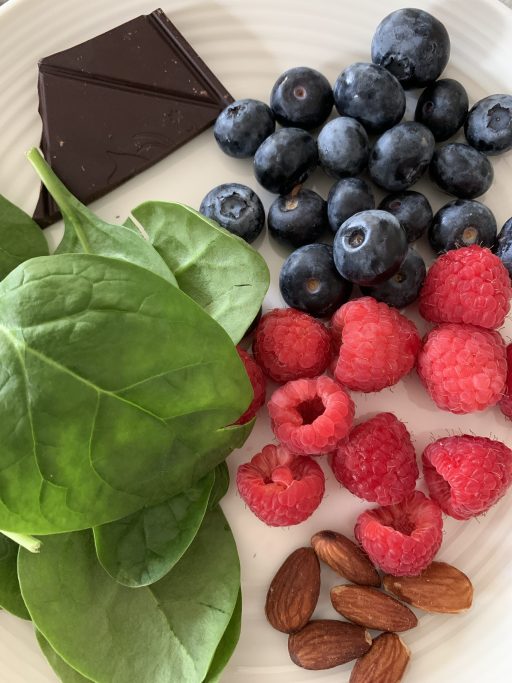

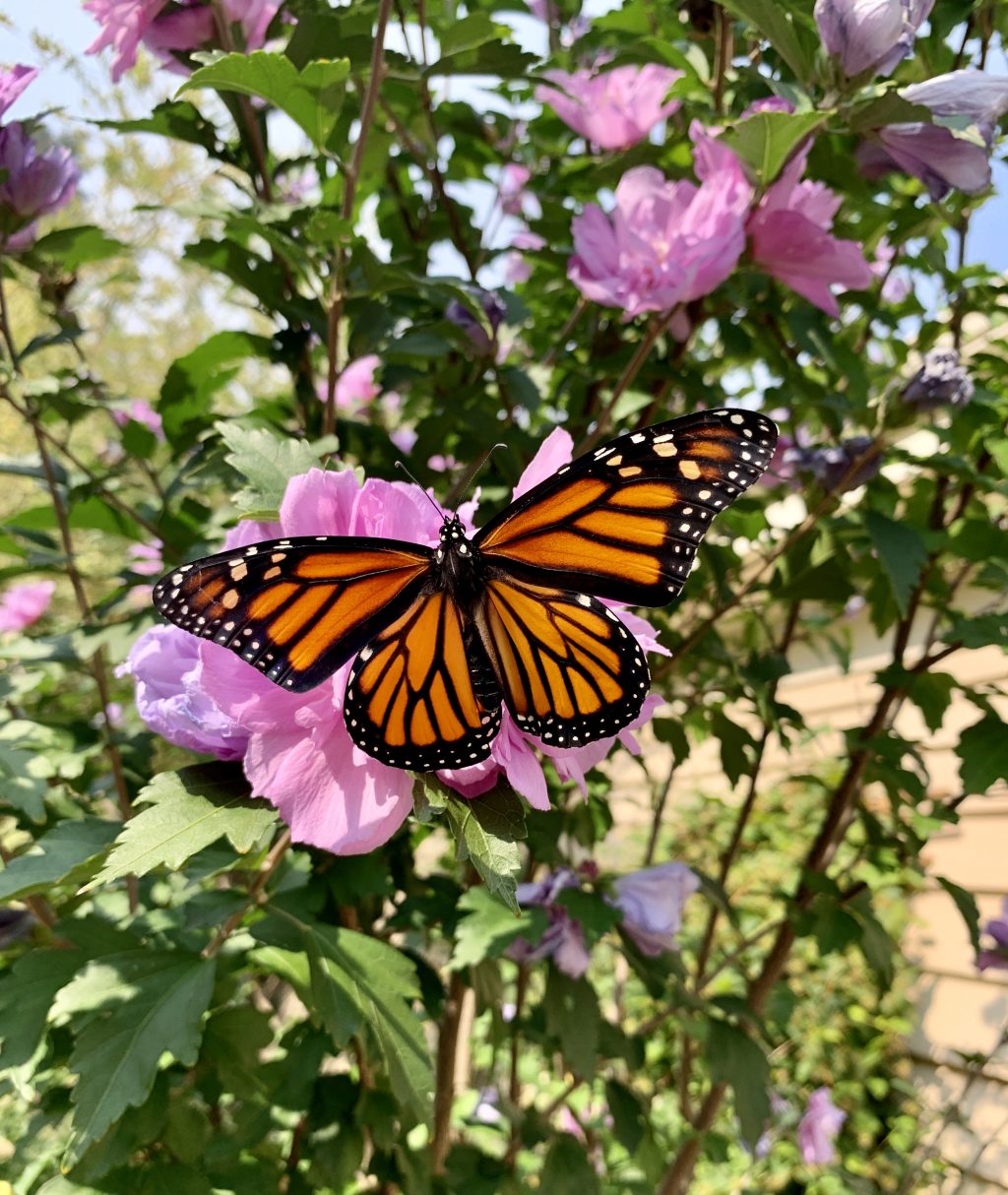
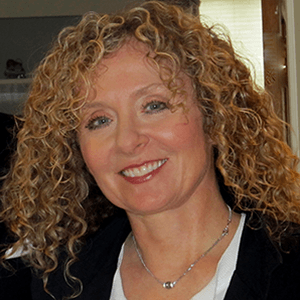
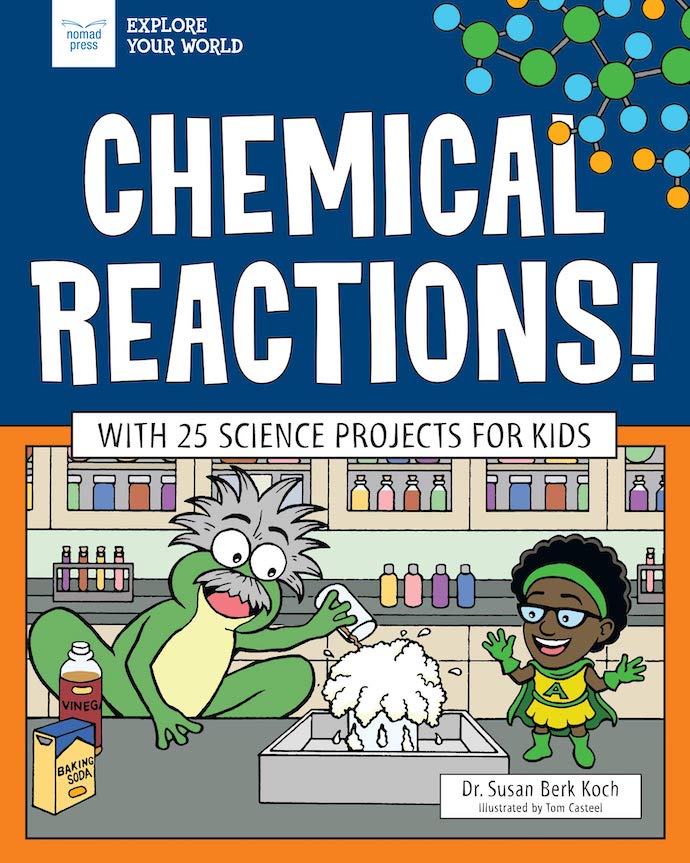
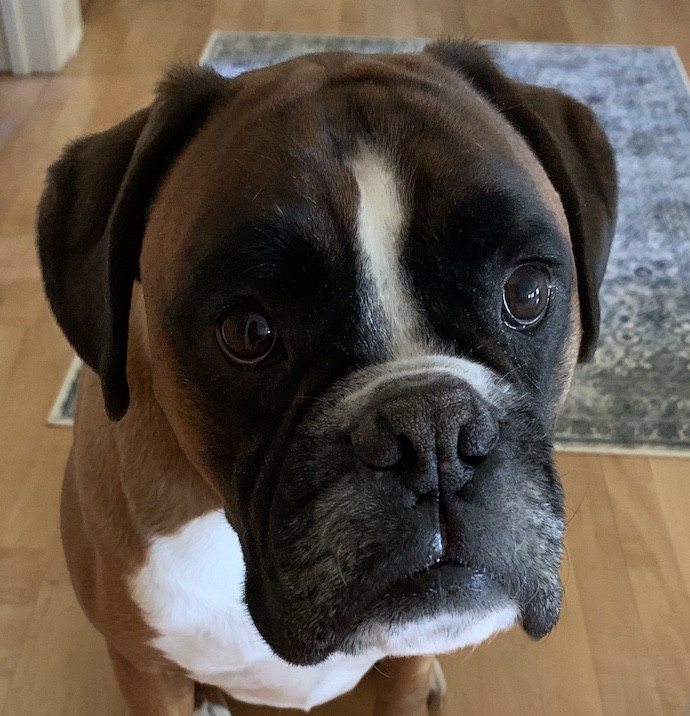
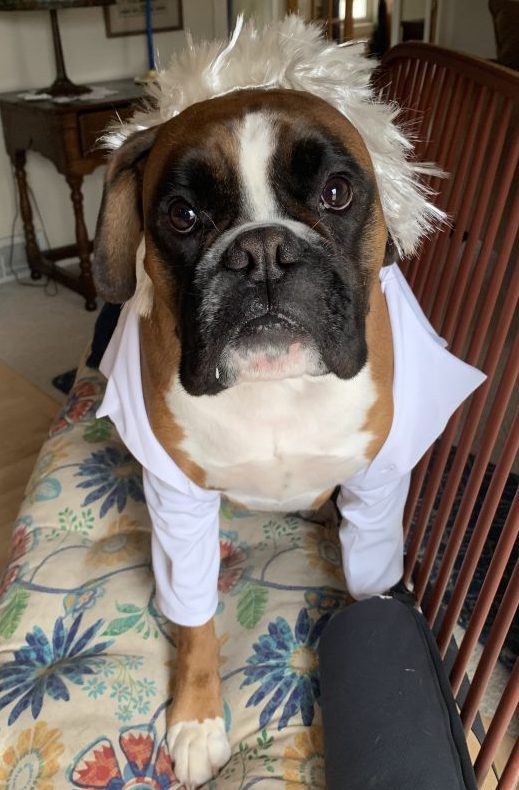
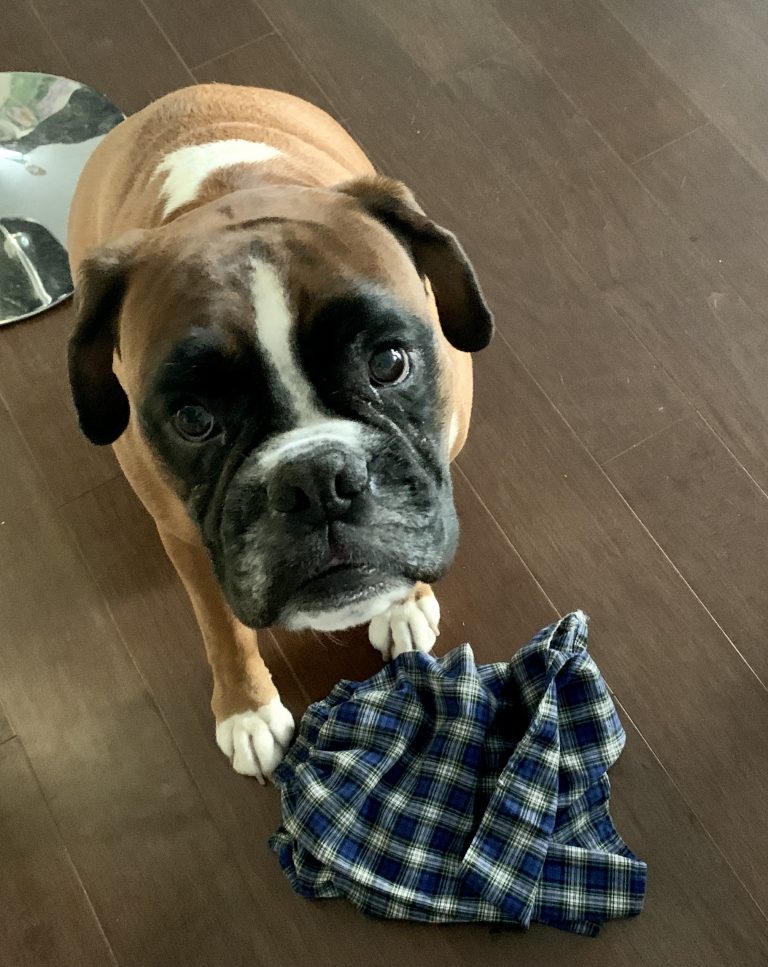
Omg I can’t believe how small those monkeys are, I really wish I could have one. This is amazing write up and I thoroughly enjoyed it so much 🙂
Thanks so much! I agree, they are adorable. I can’t imagine having one in the house though…!
It is both amazing that these discoveries are being made but also desperately sad that endangerment is already an issue. Now that it is known that the Popa Langur exist, I hope that everything is done to protect them and an opportunity for us all to finally realize what it is we’re doing to the natural world. Great info included — thanks for sharing!
I wholeheartedly agree! Learning about a fragile species such as the Popa langur should help us be more aware of what we can do in our own backyards. Thanks so much!
That monkey is so unique and cute. Amazing that they can still find new creatures.
Science is amazing! Thank you!
You don’t expect a new living species of primates to be found in this day in age, maybe like a insect or plant, but not a primate
That’s why I like to look into how scientists decided a primate was brand new! A new primate is very unexpected, which is why the science behind it is intriguing. Thank you!
Some great new information about the mitochondrial DNA and genetics. You do a great job. The monkeys were cute too. Mike
I need more of that brown fat! ha Thanks so much, Mike!
Awwwwww he’s so adorable! He kind of reminds me of the little boy in the movie Coco when he paints his face for dia de los muertos. So cute! It’s funny to think there are still primates that could be undiscovered in this day and age! Deep sea fish sure, cute little frogs, or new bug species not so surprising, but you don’t hear about a new primate often! Thanks for sharing!
I didn’t see that movie. I’ll need to look for it! I agree, I see blurbs in my science newsletters about insects all the time, but not often a study about a new primate. That’s why I wanted to share it. Thank you!
I have followed this blog from the very beginning and have always felt they were thorough and interesting, but I have to say, this one is really, really good. It hooked me and taught me a lot if a very fun way. Kids being taught at home right now would greatly benefit from this.
Thank you so much! I need to find a homeschool group and share it with them! I appreciate it.
Aww they are soo cute! This is a fascinating read thank you so much for sharing it!
Thank you!
I love these, they are so cute!!
They are adorable! Thanks.
Such an interesting post and incredible that there’s only 100 of them – wow! Thank you for sharing!
Tash – A Girl with a View
Thank you for stopping by! Glad you enjoyed my post.
Happy to let you know I learned a lot with this post. An enjoyable scientific post too. Glad that my food intake is taking care of my mitochondria. These monkeys are adorable, I hope a good program will keep their species and so other endangered species.
I’m so pleased that you learned a lot and that you have such a great diet! I hope Myanmar can find ways to protect these cute monkeys, too. Thank you!
Oh how cool! I didn’t know that they discovered a new primate. That is so interesting!
This is cool, I agree! Thanks so much!
I really enjoyed this post! This new primate is adorable and I hope the species can be saved. Thanks for sharing.
I hope so, too. Thanks so much!
These Langurs are adorably cute. This article is extremely informative, thank you for the wisdom.
They are adorably cute! I couldn’t resist them. Thank you for stopping by!
I had seen this listed in the news, but your article was MUCH more detailed! Thanks!
You’re so welcome!
Fascinating, Susan! The coloration of the Popa langur monkeys is so unique! Almost looks like the monkey was playing with make-up, lol.
That’s true. Once this pandemic is over, they’ll be ready for a night out! Thanks so much!
Very interesting article. Thank you so much for sharing.
I’m happy that you found my article interesting. Thank you!
Wow! This is a really wonderful write up. I love how you went all in to see how the scientists decide it’s a new primate.
As someone who is intrigued by science, I thoroughly enjoyed the post!!!
Mitochondria’s role in species identification–well everything about mitochondria–intrigued me, too. I’m so happy that you love my post! Thank you.
Such an interesting post and what an interesting monkey. Its so sad that they are already considered endangered.
Agreed! Hopefully the government will find ways to protect the monkeys. Thanks!
I’m so happy to learn I can take care of my mitochondria by imbibing in dark chocolate and coffee, two of the treats on my top ten treat list. Thank you for this great post–content and excellent pictures, too.
Yes, I take care of my mitochondria with your chosen items daily. Thanks so much, Amy!
So cute. I was about to say they look like they have skull facepaint on then saw your picture comparison.
I did genetics at uni and find it all so interesting.
Helen
Tea in the Tub
I do wonder where the Popa langur keep their face paint. Ha. I find genetics intriguing, too. Thanks so much!
That’s amazing that a new species has been found. And they are very cute as well, I can see the Day of the Dead resemblance! Thank you too for the intro to mitochondrial DNA, that was fascinating 🙂
You’re welcome. I did get sidetracked with mitochondria. I’d say they’re my favorite organelle right now! (ha) Thanks, Lisa.
This was such an interesting post! It amazes me that we are still discovering new species and breaks my heart how many are facing extinction. I really hope the sweet little Pops langur is able to increase their numbers. Thanks for introducing me to this adorable little monkey!
I hope they can increase their numbers, too. You’re welcome. And thanks for stopping by!
That monkey looks so cute! It’s awesome they have found a new species.
It is awesome! Thanks so much.
Aww so cute! We have so many monkeys here in Bali but not like this one. So lovely to discover the new species there. Thanks for the new knowledge x
You’re so welcome! Where in Bali do you live? Bali is on my bucket list! I’m happy you stopped by, thank you.
Well ,Susan, another great post. A new discovery of monkeys, wow; but they are on the verge of extinction, it is saddening. We have to educate as many people as possible, especially places like Myanmar, so that we can live in harmony with nature. Mitochondria purpose and functions are brilliantly explained by you. Your voice is lovely and your narrations are great just like your posts.
Sara, thank you so much! I love science and if I can flip a topic –such as mitochondrial function– from didactic to dynamic and cool, I’m gratified. Now we need to figure out how to help these adorable Popa langur. Awareness is a start, right?
I always enjoy reading your post, Yes, you are absolutely right, awareness is a start and that’s what my blog is about too. Susan, you are doing a great job, keep it up! 👍
Absolutely, awareness is key! I hope these adorable little monkeys can flourish again. Thanks so much!